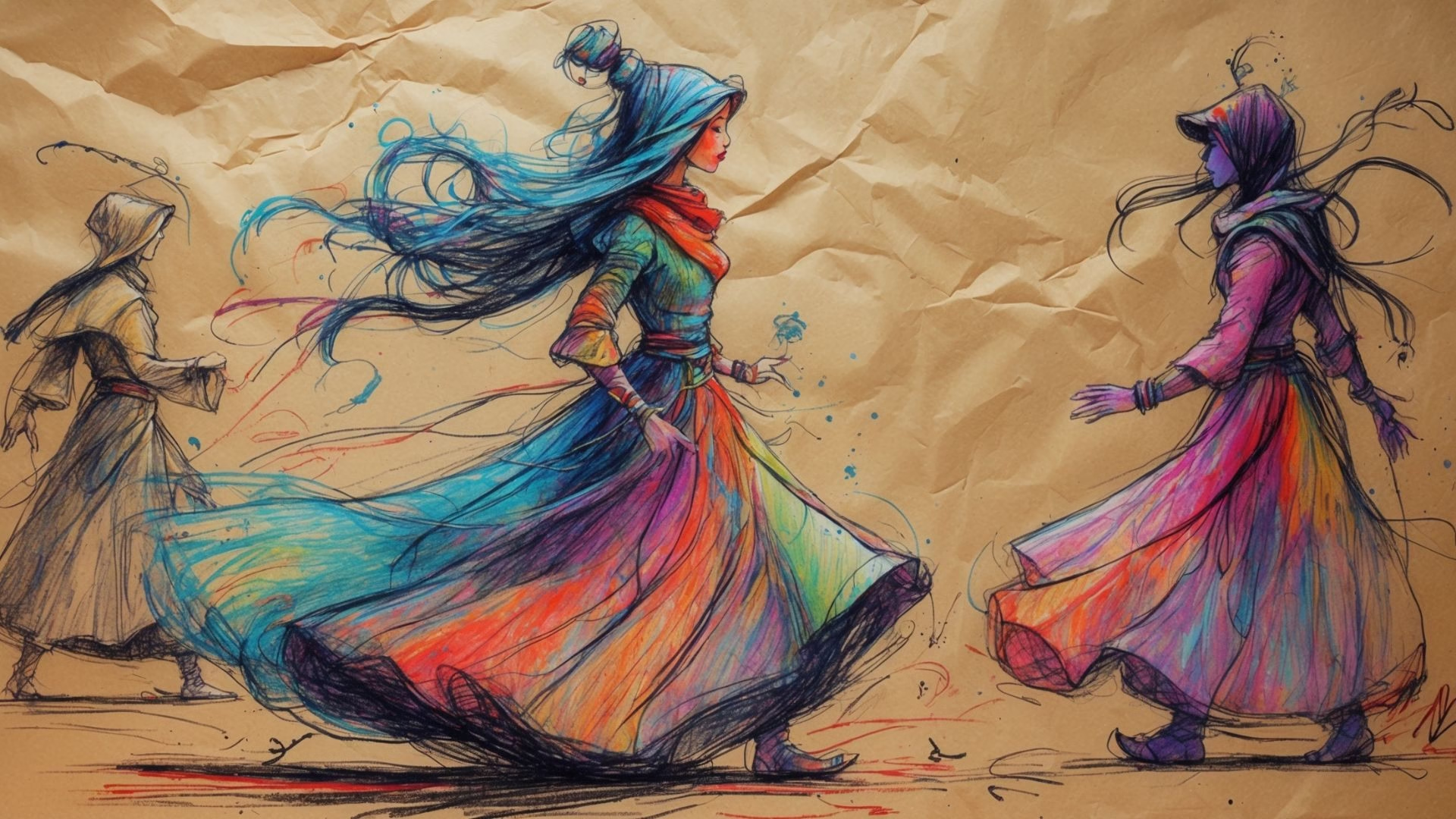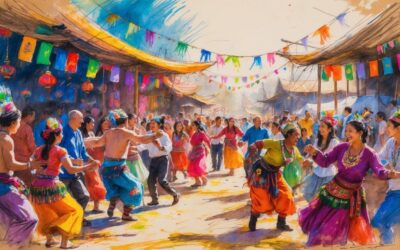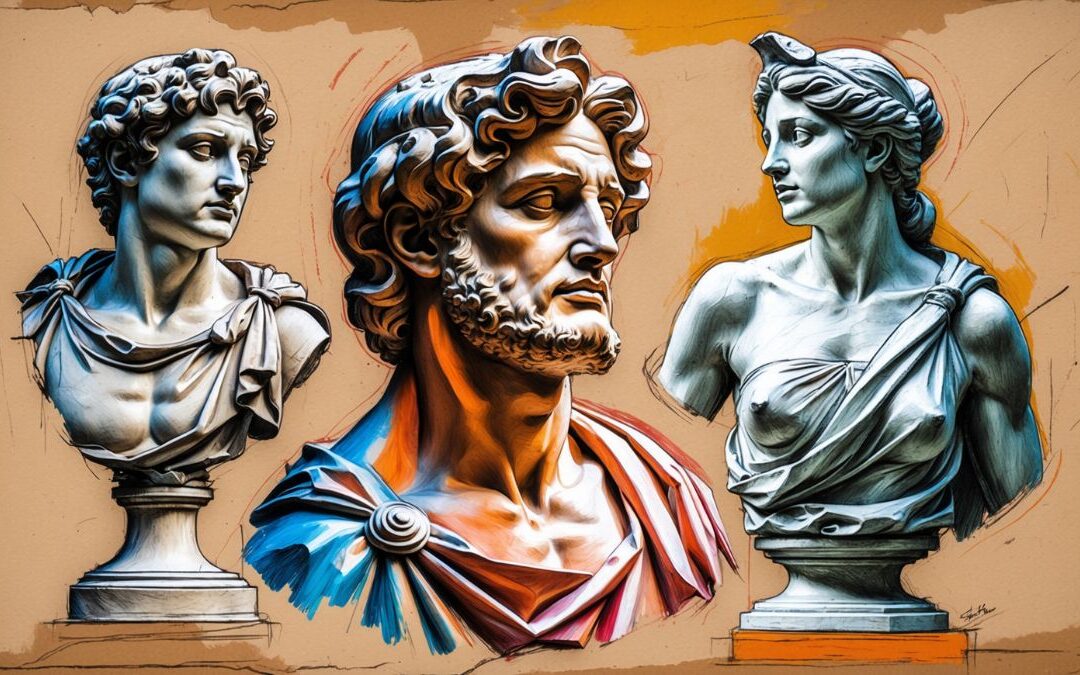Strategies for Reading Cultural and Literary Texts
Welcome! This reading practice session focuses on a fascinating topic: the enduring influence of folklore on modern storytelling. Texts like this, often found in exams like TOEFL and IELTS, require you to understand cultural concepts, track themes, and analyze arguments about literature and society.
Here are some targeted reading tips:
- Identify Definitions and Key Concepts: Pay close attention when the text defines terms central to the topic, such as ‘folklore,’ ‘archetype,’ or ‘motif.’ Understanding these definitions is crucial for answering comprehension questions accurately.
- Track Arguments and Evidence: Notice how the author builds their case. What reasons or examples are given to support the claim that folklore influences modern narratives? Look for transition words (e.g., “Furthermore,” “Consequently,” “For instance”) that signal relationships between ideas.
- Recognize Themes and Patterns: The passage discusses recurring elements (themes, character types, plot structures). Actively look for these patterns and how the author explains their persistence and relevance across different times and cultures.
- Time Yourself: To simulate exam conditions, try to read the passage and answer the 10 questions in approximately 18-20 minutes. Pacing yourself is key!
Let’s begin reading about folklore and its influence.
Folklore’s Modern Influence (Reading Passage)
Folklore, encompassing the traditional beliefs, customs, and stories of a community passed through generations largely by word of mouth, might initially seem a relic of a bygone era. In our hyper-mediated world saturated with digital content, the relevance of orally transmitted tales, myths, and legends originating centuries ago could appear tenuous. Yet, a closer examination reveals that folklore remains a potent and pervasive undercurrent shaping contemporary narratives across various media, from literature and film to advertising and digital lore. Its influence stems not merely from direct retelling, but from providing foundational archetypes, narrative structures, and thematic resonances that continue to speak profoundly to the human condition.
Central to folklore’s enduring legacy is the concept of the archetype. Drawing on the work of psychoanalyst Carl Jung, archetypes are understood as universal, inherited patterns or symbols—such as the Hero, the Mentor, the Shadow, the Trickster—that exist within the collective unconscious. Folklore is exceptionally rich in these figures, presenting them in culturally specific guises yet embodying near-universal psychic functions. Modern storytellers, consciously or unconsciously, tap into this archetypal reservoir. The remarkable global appeal of franchises like Star Wars or Harry Potter, for example, can be significantly attributed to their masterful deployment of these ancient character patterns, which provide audiences with familiar, psychologically resonant frameworks for understanding the characters and their journeys.
Beyond character types, folklore provides fundamental blueprints for narrative construction. Joseph Campbell’s concept of the ‘monomyth’ or ‘hero’s journey,’ derived from analyzing global myths and folktales, outlines a common structural pattern—departure, initiation, return—that underpins countless stories, ancient and modern. This structure, along with recurring plot motifs found in folklore (the forbidden chamber, the magical transformation, the helper animal, the rule of three), offers tested frameworks for engaging audiences and exploring universal stages of human development and trial. These narrative conventions are so deeply ingrained that creators often utilize them as a storytelling shorthand, relying on the audience’s implicit understanding derived from exposure to countless prior narratives rooted in these folkloric traditions.
Furthermore, the thematic concerns explored in folklore demonstrate remarkable persistence. Timeless questions about morality, identity, mortality, the struggle between order and chaos, the consequences of human folly, and the power of love or sacrifice are explored with enduring relevance in tales passed down through generations. While modern adaptations, such as many Disney animated features based on European fairy tales, often sanitize the darker or more complex aspects of the source material, they frequently retain the core ethical or existential dilemmas. These themes continue to resonate because they touch upon fundamental aspects of human experience that transcend specific historical or cultural contexts.
However, the relationship between folklore and modern narratives is not merely one of passive inheritance. Contemporary creators actively engage with, reinterpret, and sometimes deliberately subvert folkloric material. Feminist retellings might challenge traditional gender roles depicted in classic fairy tales, postcolonial narratives might reclaim and reframe myths from a different cultural perspective, and satirical works might deconstruct familiar tropes to comment on modern society. This dynamic interplay highlights the malleability of folklore, demonstrating its capacity to be reshaped and imbued with new meanings relevant to contemporary audiences and concerns. While acknowledging the importance of respecting the cultural origins and specificity of folklore, particularly when engaging with traditions outside one’s own, this adaptability is key to its continued vitality. Folklore, therefore, is not a static museum piece but a living, evolving source of narrative inspiration.
Glossary
- Folklore: The traditional beliefs, customs, stories, and sayings of a community, passed through generations largely by word of mouth. Usage: The passage explores the influence of traditional (“folklore”) on modern stories.
- Bygone Era: A period of time in the past. Usage: Folklore might seem like a relic of a (“bygone era”).
- Tenuous: Very weak or slight; flimsy. Usage: The relevance of old tales might seem weak (“tenuous”) at first.
- Pervasive: Spreading widely throughout an area or group of people (especially of an unwelcome influence, but used here more neutrally for ‘widespread’). Usage: Folklore remains a widespread (“pervasive”) undercurrent in modern stories.
- Archetype: A recurrent symbol or motif in literature, art, or mythology; a very typical example of a person or thing. Usage: Figures like the Hero or Mentor are common (“archetypes”).
- Collective Unconscious: (In Jungian psychology) The part of the unconscious mind which is derived from ancestral memory and experience and is common to all humankind. Usage: Archetypes exist within the (“collective unconscious”).
- Resonance: The quality of evoking shared feelings or beliefs; significance. Usage: Thematic (“resonances”) connect folklore to modern audiences.
- Underpin: Support, justify, or form the basis for. Usage: Folk narrative structures (“underpin”) countless modern stories.
- Motif: A dominant or recurring idea, theme, or element in an artistic or literary work. Usage: Recurring plot elements (“motifs”) like the rule of three.
- Sanitize: Modify (something) so as to make it less unpleasant or offensive. Usage: Modern adaptations often (“sanitize”) darker aspects of folktales.
- Subvert: Undermine the power and authority of (an established system); challenge norms or expectations. Usage: Creators sometimes challenge or (“subvert”) traditional tales.
- Malleability: The quality of being easily shaped or influenced; adaptability. Usage: The adaptability (“malleability”) of folklore allows it to be reshaped.
- Imbued with: Filled with a particular quality or feeling. Usage: Folklore can be filled (“imbued with”) new meanings.
- Vitality: The state of being strong and active; energy. Usage: Adaptability is key to folklore’s continued liveliness (“vitality”).
- Trope: A figurative or metaphorical use of a word or expression; a common or overused theme or device. Usage: Satirical works might deconstruct familiar story elements (“tropes”).











0 Comments